Tire property measurement
A new advanced flexometer for better prediction of tire service life and performance
By Hugues Baurier, Metravib, ACOEM Group, France
As a tire rotates under the weight of a vehicle, it repeatedly deforms and recovers, generating energy that builds up as heat in the tire. Increased tire temperatures are the principal cause of rubber degradation and can lead to fatigue cracking.
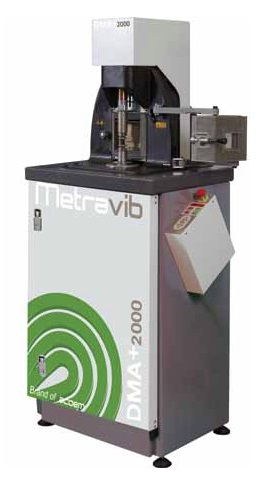
Figure1: The Metravib DMA+2000
As with other tire performance characteristics, such as wear, traction and rolling resistance, heat build-up(HBU) within a tire is a part of the manufacturer’s design specifications that has to be checked and well controlled.
Traditional Goodrich flexometers have been designed to determine the resistance of the rubber compound to a temperature increase; they measure the temperature in the contact area between the specimen and the compression device while applying a continuous sinusoidal dynamic excitation under controlled strain.
Metravib recently introduced a brand new advanced Goodrich flexometern the DMA+2000. It is a totally new instrument for accurately measuring the dynamic properties of rubber compounds.
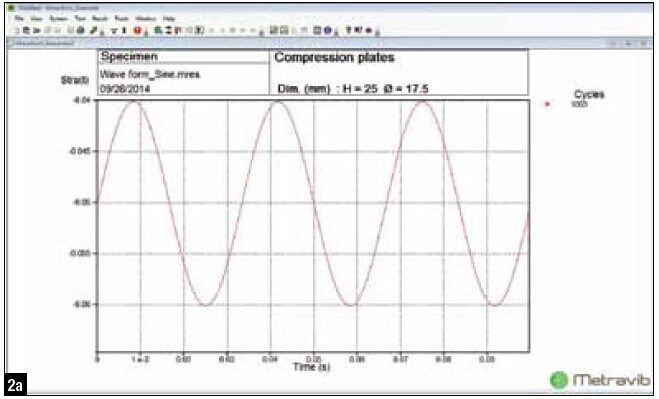
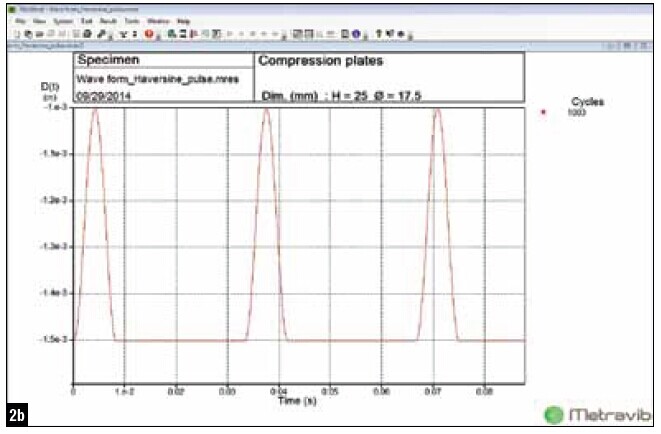
Figure 2: Fatigue tests can be performed under sinusoidal excitation(Figure 2a) and haversine (pulse)(Figure 2b)
Based on the architecture of the brand-new Metravib DMA+series (mechanical design, electronics and software), the DMA+2000 offers ultimate technologies to accurately analyze a rubber compound’s response to repeated mechanical excitation.
The Metravib DMA+2000 meets traditional standards for HBU testing-ISO4466 and ASTM D 623- but offers testing capabilities far beyond the testing conditions recommended in those standards.
The dedicated electrodynamic shaker provides excitation at controlled frequencies (up to 1kHz) and amplitudes (up to 12mm peak to peak). The excitation amplitude may be controlled in both modes-stress control (with forces up to 2,000N peak to peak) or strain control (amplitudes up to 12mm peak to peak).
Fatigue tests can be achieved by superimposing the excitation to either static controlled preload or controlled prestrain.
Contrary to the Goodrich flexometer, which works exclusively in sinusoidal deformation, the DMA+2000’s multiharmonics control of the excitation wave form also makes it possible to apply sinusoidal deformation, as well as other waveforms, such as haversine (pulse), which corresponds better to the cyclic deformation of the tire’s footprint region in the real life of the tire.
The specimen environment can be controlled in a large temperature range (from -150℃ to 450℃) and tests can be performed in temperature stages as well as during temperature ramps under controlled variation rate.
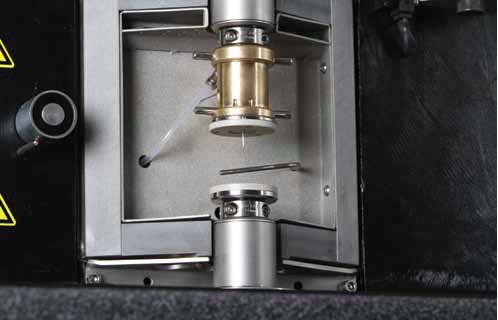
Figure 3: An HBU specimen fixture without a specimen
The DMA+2000 includes a dedicated and thermally insulated compression holder and a pneumatically actioned thermal needle probe. When the thermal probe is inserted in the upper compression plate, it measures the temperature at the surface during the fatigue test. The same probe is programmed to penetrate automatically inside the specimen at the end of test, to measure the temperature heat build-up in the specimen’s heart.
Additionally, the DMA+2000 offers many functionalities and capabilities to approach heat build-up analysis. It is not limited to a single compression mode, but can also be used in tension and shear with various specimen geometries, such as a double-shear sandwich, rubber sheet and rubber film.
Another approach to HBU characterization, especially suitable for rubber sheets and films, is possible by installing an optional infrared temperature sensor in front of a thermal chamber equipped with an IR compatible window to measure the specimen’s surface temperature.
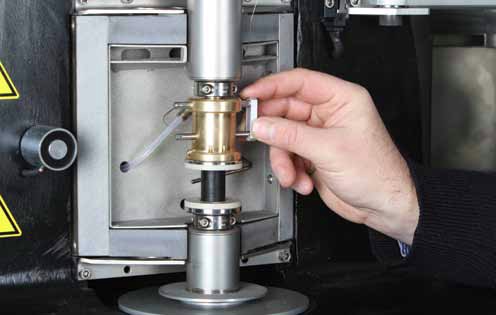
Figure 4: An HBU specimen fixture equipped with a Goodrich specimen
As a complementary tool to HBU testing, the DMA+2000 can also be equipped with a crack-growth testing option. From an initial cut in the side of a rubber film specimen, the system makes it possible to determine the crack propagation during cyclic excitation of the rubber compound.
Beyond flexometer testing and fatigue testing capabilities, the DMA+2000 can be supplied with the complete Metravib DMA control unit and software suite. It is an unrivaled dynamic testing platform that makes it possible, with a single analysis instrument, to achieve DMA tests- the accurate measurement of viscoelastic properties of rubber compounds in tension, compression and shear, and DMA high-frequency testing up to 1kHz.
In other words, the DMA+2000 makes it possible to generate key predictors of tire performance and life with a single dynamic testing instrument.
Dr Saikat Das Gupta of HASETRI (Hari Shankar Singhania Elastomer and Tyre Research Institute), an independent research institute in India promoted by JK Tyre&Industries Ltd, has praised the Metravib DMA+2000’s performance after purchasing a system a few months ago.
HASETRI is India’s foremost research center for developing technologies for elastomers, tires and other rubber products.
“In our recent work with the DMA+2000, we noticed major advantages compared with the Goodrich flexometer,” said Das Gupta.
“The positioning of the thermal needle probe for temperature measurement is more centered in the rubber mass than with a Goodrich Flexometer, giving more precise thermal information.”
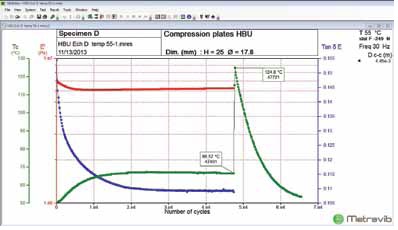
Figure 5: At the end of this fatigure test, the thermal needle probe measures the specimen's internal temperature at 124.8℃, while conditioned at 50℃

Figure 6: Comparative HBU testing with sinusoidal and pulse deformation
Various series of HBU tests have been performed with both sinusoidal and pulse waveforms. In sinusoidal wave form, HBU test data correlates with traditional flexometer instruments. In pulse mode, the HBU test data is quite different, as shown in Figure 6.
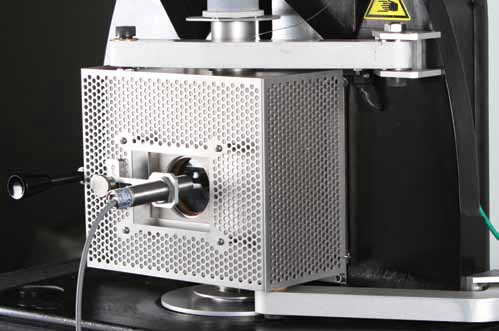
Figure 7: An infrared temperature sensor enables measurement of surface temperature of a rubber sheet specimen while fatigue tests are performed
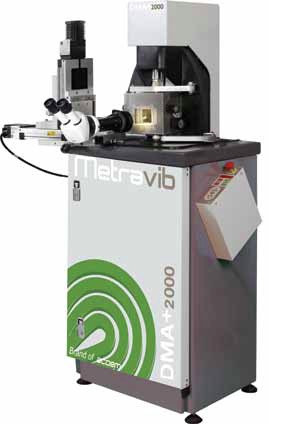
Figure 8: The DMA+2000 equipped with the crack-growth testing option
The DMA+2000 offers a new technique for the measurement of HBU, which can be used to predict the HBU properties of rubber compounds. Approaches with different waveforms (sinusoidal and pulse) provide different HBU data, which can be selected based on the application. For tires, pulse wave is closer to real life due to the fact that the rubber product is under all types of strain when it is in the footprint region during a service cycle, and as soon as it leaves the footprint it relaxes. Thus a pulse wave provides real life HBU. Using the DMA+2000, additional data on the evolution of stiffness and different dynamic properties that are of practical importance can be obtained. This additional data provides major insight into the performance prediction of the rubber compound.

